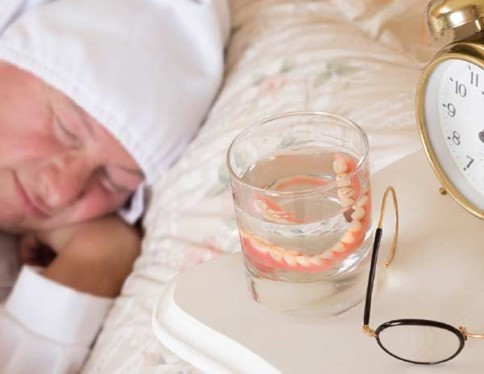A nurse is disinfecting the room of a client who has a Clostridium difficultiesinfection. Which of the following solutions should the nurse use?
Chlorhexidine.
Isopropyl alcohol.
Chlorine bleach.
Triclosan.
The Correct Answer is C
According to the CDC1, chlorine bleach is an effective disinfectant for killing C. difficile spores on environmental surfaces.
It should be used in a 1:10 dilution of household bleach and water, freshly mixed daily.
Chlorine bleach can also kill other pathogens that may be present in the room of a client with C. difficile infection.
Choice A is wrong because chlorhexidine is not effective against C. difficile spores.
Chlorhexidine is an antiseptic that can be used for hand hygiene and surgical asepsis, but it does not kill spores.
Choice B is wrong because isopropyl alcohol is also not effective against C. difficile spores.
Alcohol-based hand sanitizers are not sufficient for preventing the spread of C. difficile, and soap and water should be used instead.
Choice D is wrong because triclosan is a type of antibacterial agent that is commonly found in some consumer products, such as soap and toothpaste. However, triclosan has no activity against C. difficile spores.
Triclosan may also contribute to antibiotic resistance and has potential adverse effects on human health and the environment.
Nursing Test Bank
Naxlex Comprehensive Predictor Exams
Related Questions
Correct Answer is D
Explanation
It can also increase the risk of denture stomatitis and pneumonia.
Dentures should be removed overnight and soaked in a denture-cleansing solution.
Choice A is wrong because rinsing dentures after meals can help remove food debris and prevent plaque buildup.
Choice B is wrong because soaking dentures in water after removal can prevent them from drying out and losing their shape.

However, water alone is not enough to disinfect dentures, so a denturecleansing solution should also be used.
Choice C is wrong because applying an adhesive to seal dentures in place can improve the fit and comfort of dentures.
However, adhesive should not be used as a substitute for poorly fitting dentures, and any excess adhesive should be removed by brushing.
Correct Answer is A
Explanation
This gait pattern is used when one of the lower extremities is unable to fully bear weight due to fracture, amputation, joint replacement etc12 The client should advance both crutches and the affected leg as one unit, and then bring the unaffected leg forward to the crutches as the second unit
Choice B is wrong because keeping the crutches at the level of the axillae can cause nerve damage and reduce circulation.
The crutches should be positioned with 2 fingers of distance between the axilla and the axilla pad with the elbow flexed between 20-30 degrees
Choice C is wrong because standing with the crutch tips against the feet can cause instability and increase the risk of falling.
The crutch tips should be placed about 15 cm (6 inches) in front of and 15 cm to the side of each foot
Choice D is wrong because holding the arms straight when walking can cause fatigue and strain on the shoulders and wrists.
The client should keep a slight bend in the elbows when walking with crutches
Whether you are a student looking to ace your exams or a practicing nurse seeking to enhance your expertise , our nursing education contents will empower you with the confidence and competence to make a difference in the lives of patients and become a respected leader in the healthcare field.
Visit Naxlex, invest in your future and unlock endless possibilities with our unparalleled nursing education contents today
Report Wrong Answer on the Current Question
Do you disagree with the answer? If yes, what is your expected answer? Explain.
Kindly be descriptive with the issue you are facing.
